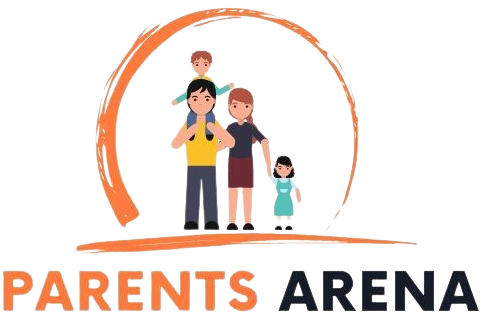The subject of children and their ability to see ghosts or have paranormal encounters has long fascinated and unsettled both parents and researchers alike. Many have recounted chilling stories of children describing encounters with the supernatural, leaving us to ponder whether these young minds possess a heightened sensitivity to the otherworldly. In this blog, we will delve into the intriguing question: Can kids see ghosts? We will explore the psychological, cultural, and scientific aspects of this phenomenon to shed light on what may be happening when children claim to have ghostly encounters.
The Young Imagination
Children are known for their vivid imaginations and active fantasy worlds. At a young age, their brains are still developing, and their understanding of the world is often shaped by what they see in books, on television, and in their surroundings. This imaginative capacity can sometimes blur the line between reality and fiction, making it challenging to discern whether a child’s claims of ghostly encounters are genuine experiences or products of their creative minds.
The Power of Suggestion
Children are highly susceptible to suggestion, especially when it comes to stories of ghosts and the supernatural. They may pick up on conversations, books, or movies that depict ghosts and then incorporate these ideas into their own perceptions and beliefs. Parents, caregivers, and peers can unintentionally contribute to these beliefs (Can kids see ghosts) by sharing their own experiences or beliefs in the paranormal. This can create a feedback loop, reinforcing a child’s belief in the existence of ghosts.
Developmental Factors
Another factor to consider is the development of a child’s cognitive and perceptual abilities. Young children may have difficulty distinguishing between dreams, nightmares, and waking reality. Night terrors, sleep paralysis, and lucid dreaming can all contribute to the sense of encountering ghosts or supernatural entities during the night.
Moreover, children often have a limited understanding of the natural world and its phenomena, which can lead them to misinterpret ordinary occurrences as supernatural events. For example, shadows, creaky floors, and unusual sounds can easily be misconstrued as ghostly encounters when viewed through the lens of a child’s imagination.
Cultural and Social Influences
Cultural and social factors also play a significant role in shaping children’s beliefs and experiences related to the supernatural. In cultures where ghost stories are prevalent and discussed openly, children may be more likely to report ghostly encounters. Similarly, peer pressure and the desire to fit in can lead children to fabricate stories about seeing ghosts, even if they haven’t actually experienced anything paranormal.
Scientific Perspective (Can kids see ghosts)
\From a scientific standpoint, there is no concrete evidence to support the existence of ghosts or the idea that children have a unique ability to see them. The vast majority of ghostly encounters can be attributed to psychological and environmental factors. Optical illusions, electromagnetic fields, infrasound, and carbon monoxide exposure are just a few of the scientific explanations that can account for ghostly experiences.
While the question of whether can kids see ghosts is a fascinating one, it is essential to approach this topic with a healthy dose of skepticism and an understanding of the various psychological, cultural, and scientific factors at play. Children’s claims of ghostly encounters are often rooted in their vivid imaginations, suggestibility, developmental stage, and exposure to cultural and social influences. While it is natural for children to have active imaginations and occasionally perceive unusual occurrences, these experiences should be met with empathy and understanding, rather than a wholesale belief in the supernatural.
Ultimately, the realm of the paranormal remains a mystery, and while some may continue to believe in the existence of ghosts, it is crucial to approach these claims with a critical and rational perspective, especially when it comes to the experiences of young children.

